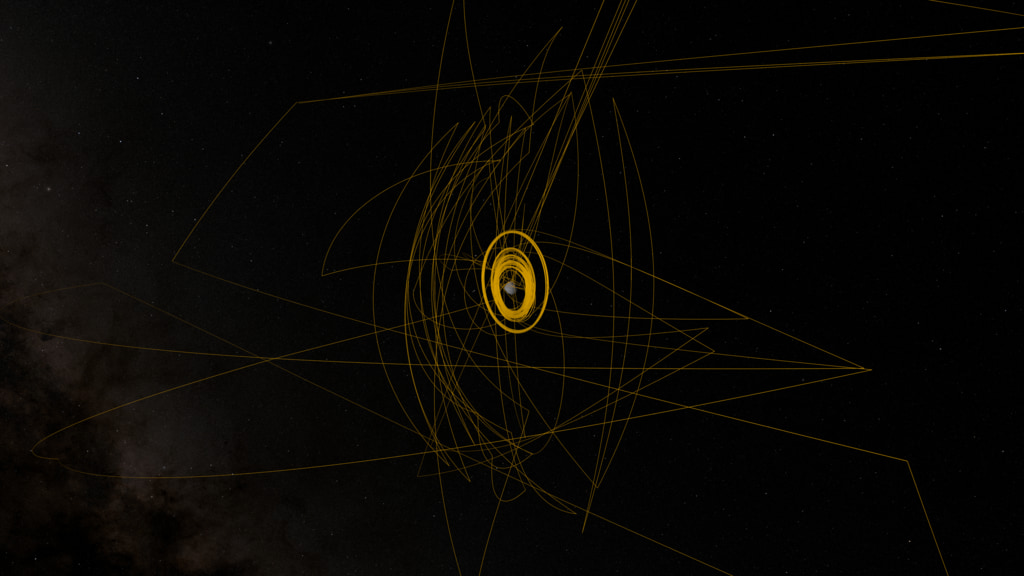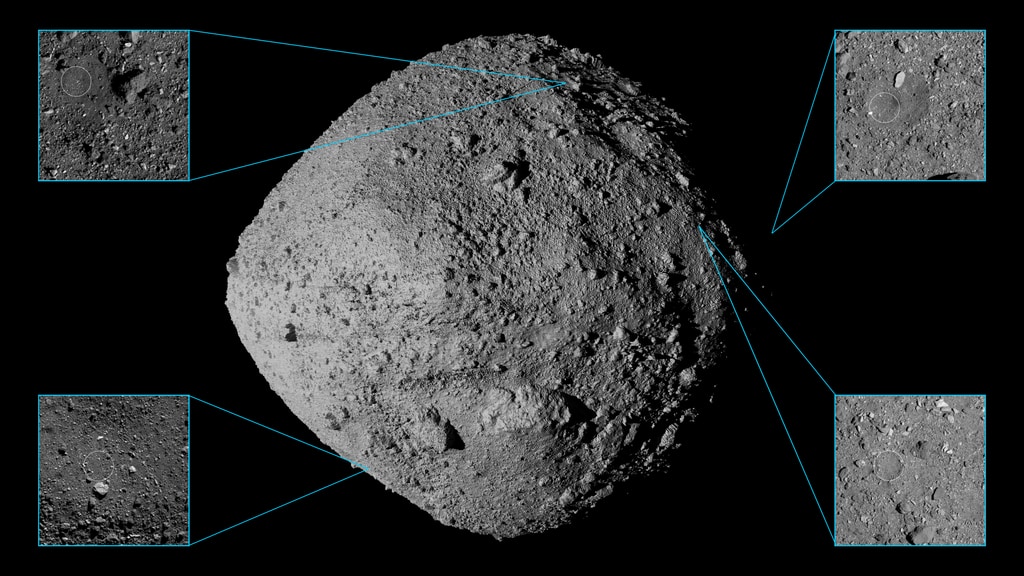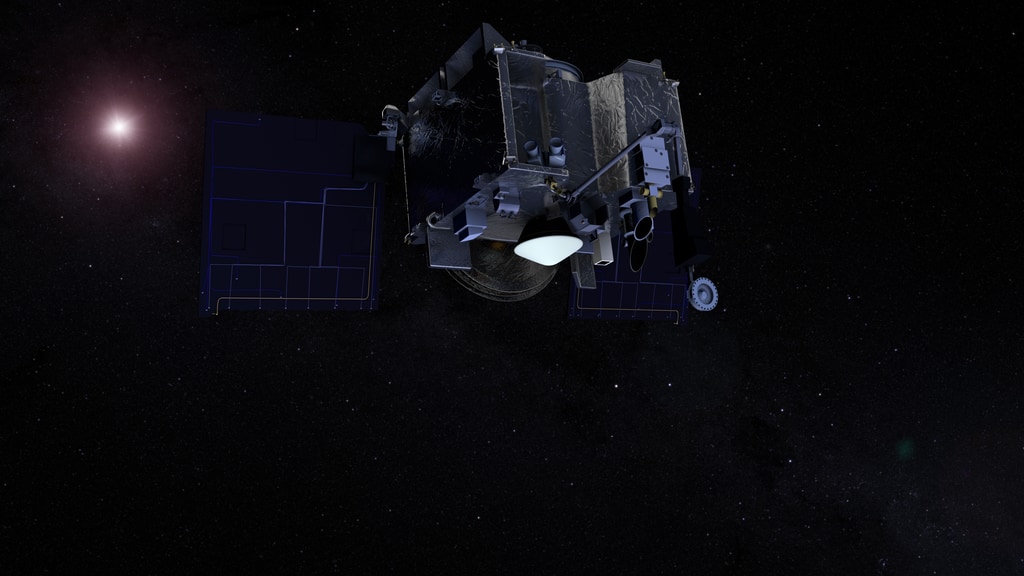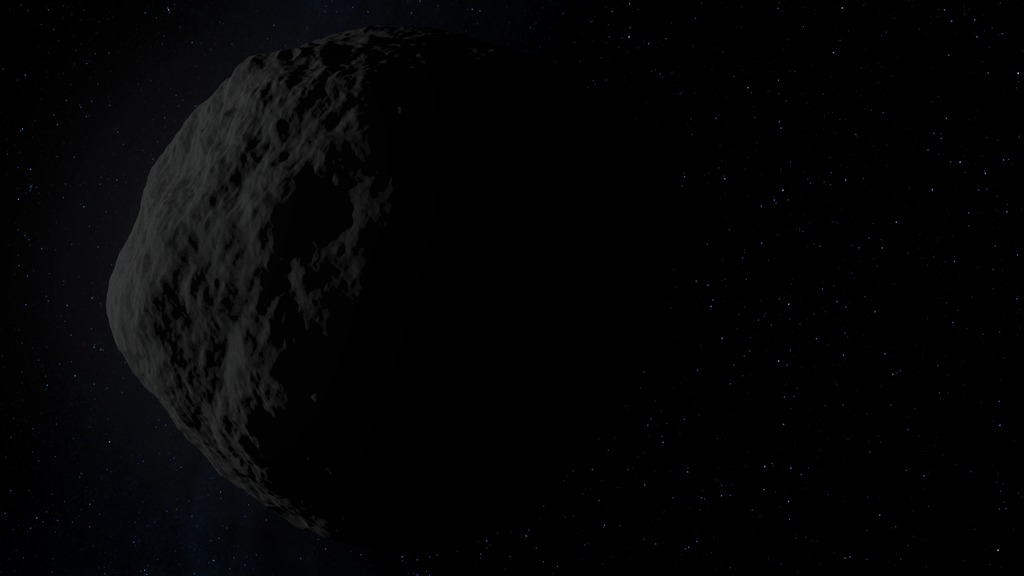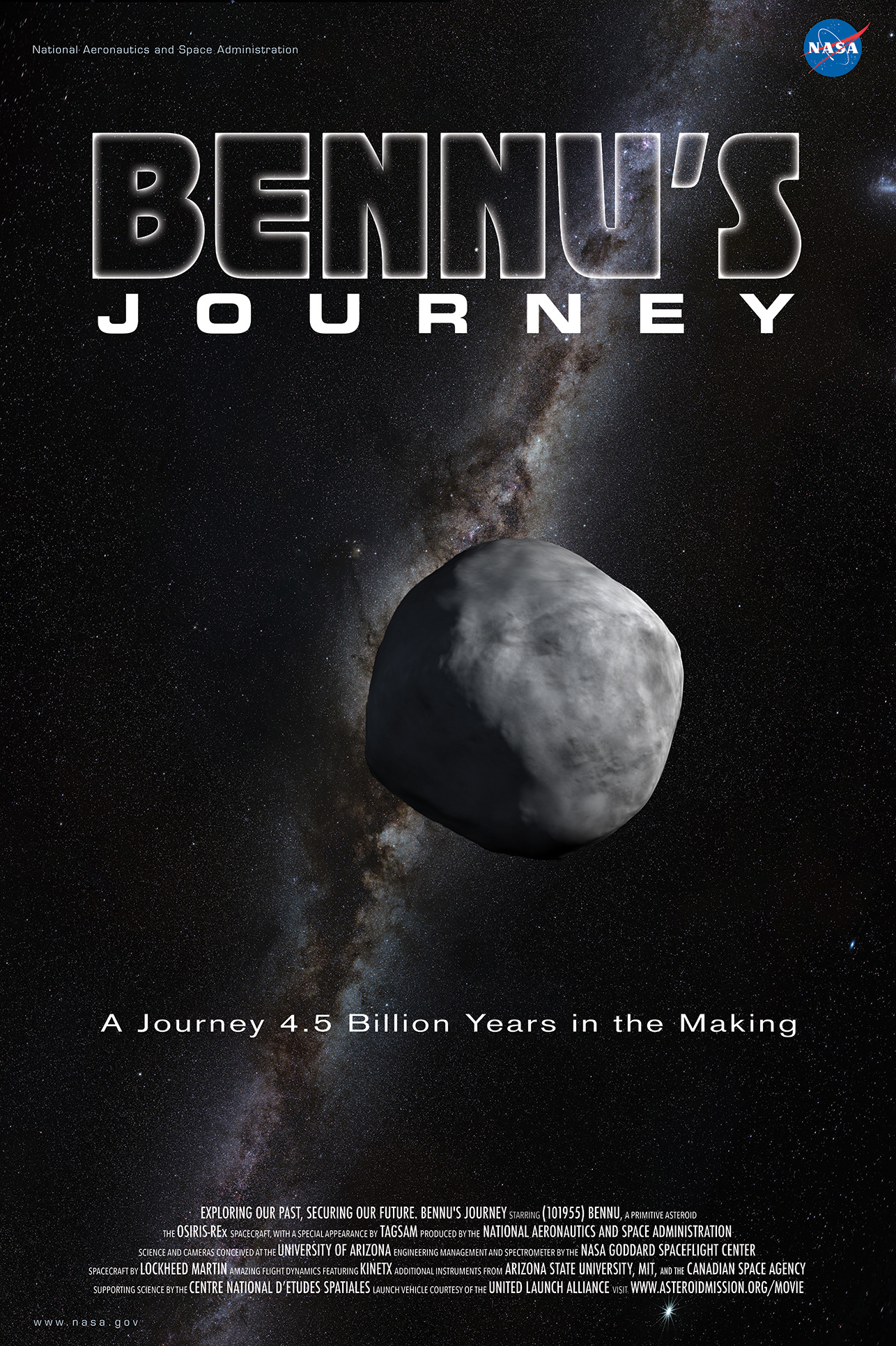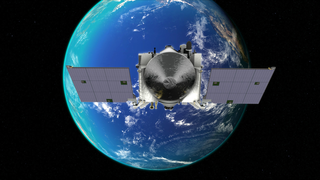First NASA Mission To Collect Asteroid Sample Will Slingshot by Earth - 9.22.17 Live Shots

B-roll and canned interviews to be added on Thursday, Sept 21
OSIRIS is pronounced: O-Si-Ris
NASA's first-ever mission to collect an asteroid sample will get a boost from Earth THIS Friday. On Friday, Sept. 22, Earth's gravity will slingshot OSIRIS-REx toward its target, a near-Earth asteroid named Bennu. Scientists believe asteroids like Bennu may have seeded Earth with the organic compounds that made life possible. OSIRIS-REx — the Origins, Spectral Interpretation, Resource Identification, and Security-Regolith Explorer — is a robotic mission that will map this asteroid and then collect a sample that it will send home to Earth.
OSIRIS-REx launched last year, but because Bennu's orbit is tilted six degrees in comparison to Earth's, the spacecraft needs a boost before it can get to the asteroid. Earth's game-day assist on Sept. 22nd will position it to reach Bennu's path in 2018. One of the best ways to change the trajectory of a spacecraft (without carrying extra fuel) is by using the gravity of a planet or large moon to catapult it, and that’s exactly how our home planet will help OSIRIS-REx match the asteroid's path and speed.
Join NASA scientists on Friday, Sept. 22, from 6:00 a.m. – 11:30 a.m. EST – just hours before Earth slingshots OSIRIS-REx toward asteroid Bennu – to find out why this maneuver is critical to the mission’s success, and how OSIRIS-REx could uncover the materials and processes that enabled life on Earth.
When it arrives at Bennu next year, OSIRIS-REx will map the asteroid, study its orbit and collect samples that will be sent to Earth in 2023. There are more than half a million known asteroids in our solar system, but Bennu is an ideal candidate for closer study because of its size, composition and proximity to Earth. Bennu is an artifact of the ancient solar system, a silent witness to the titanic events in our solar system’s 4.6 billion-year history.
****To book a window contact: Michelle Handleman/ michelle.z.handleman@nasa.gov / 301-286-0918.****
HD Satellite Digital Coordinates: HD Satellite Coordinates for SES2-K21/AB:
SES 2, Ku-band Xp 21, Channel AB | 87.0 ° W Longitude | DL 12111.0 MHz | Horizontal Polarity | QPSK/DVB-S | FEC 3/4 | SR 13.235 Mbps | DR 18.2954 MHz | HD 720p | Format MPEG2 | Chroma Level 4:2:0 | Audio Embedded
Suggested Questions:
1. What is OSIRIS-REx and where is it going?
2. Earth's gravity will slingshot OSIRIS-REx to the asteroid. How does that work?
3. Asteroids are time capsules from the beginning of our solar system. What’s so exciting about this particular asteroid?
4. What's it going to look like when NASA high-fives an asteroid to collect a sample?
5. Where can we learn more?
Extra Questions for Longer Interviews:
1. How do you determine when and where to get the sample from Bennu?
2. What kind of science do we hope to gain from studying Bennu, especially with samples here on Earth?
3. What will OSIRIS-REx do that's never been done before?
4. What will scientists do with the asteroid sample once it gets to Earth?
5. How have previous missions helped NASA perfect the art of the gravity assist?
6. Bennu is just one of hundreds of thousands of asteroids out there. How can studying asteroids keep us safe?
Live Shot Details:
Location: NASA’s Goddard Space Flight Center/Greenbelt, Maryland
Scientists:
Dr. Jim Garvin / NASA Goddard Chief Scientist
Dr. Christina Richey / OSIRIS-REx Deputy Program Scientist
Dr. Michelle Thaller/ NASA Scientist
B-roll for OSIRIS-REx Live Shots on September 22nd, 2017
Canned interview with NASA Scientist Dr. Michelle Thaller with graphics rolled into answers. Full transcript is included. Answers are separated by slates with the questions
Canned interview with NASA Goddard Chief Scientist Dr. Jim Garvin looking off camera. Includes full transcript. Answers are separated by slates with the questions on them. TRT 4:41
Canned interview without graphics rolled into the answer. Scientist is NASA Scientist Dr. Michelle Thaller. TRT 3:51. Includes full transcript. Question slates separate the answers.
For More Information
Credits
Please give credit for this item to:
NASA's Goddard Space Flight Center
-
Producers
- Michelle Handleman (USRA)
- Clare Skelly (NASA/GSFC)
- Micheala Sosby (NASA/GSFC)
-
Technical support
- Aaron E. Lepsch (ADNET Systems, Inc.)
-
Editor
- Michael Randazzo (Advocates in Manpower Management, Inc.)
Release date
This page was originally published on Friday, September 22, 2017.
This page was last updated on Wednesday, May 3, 2023 at 1:47 PM EDT.
